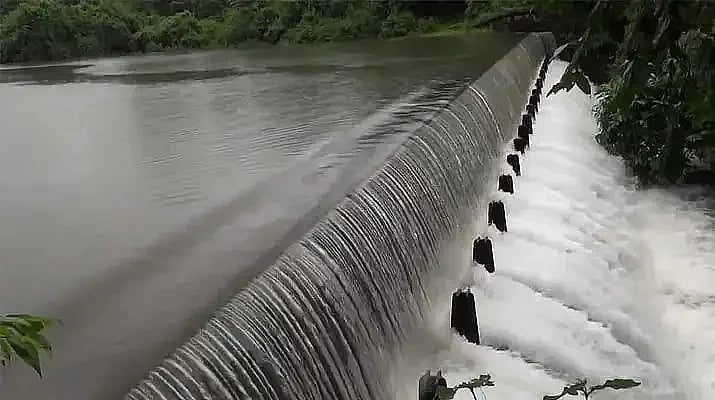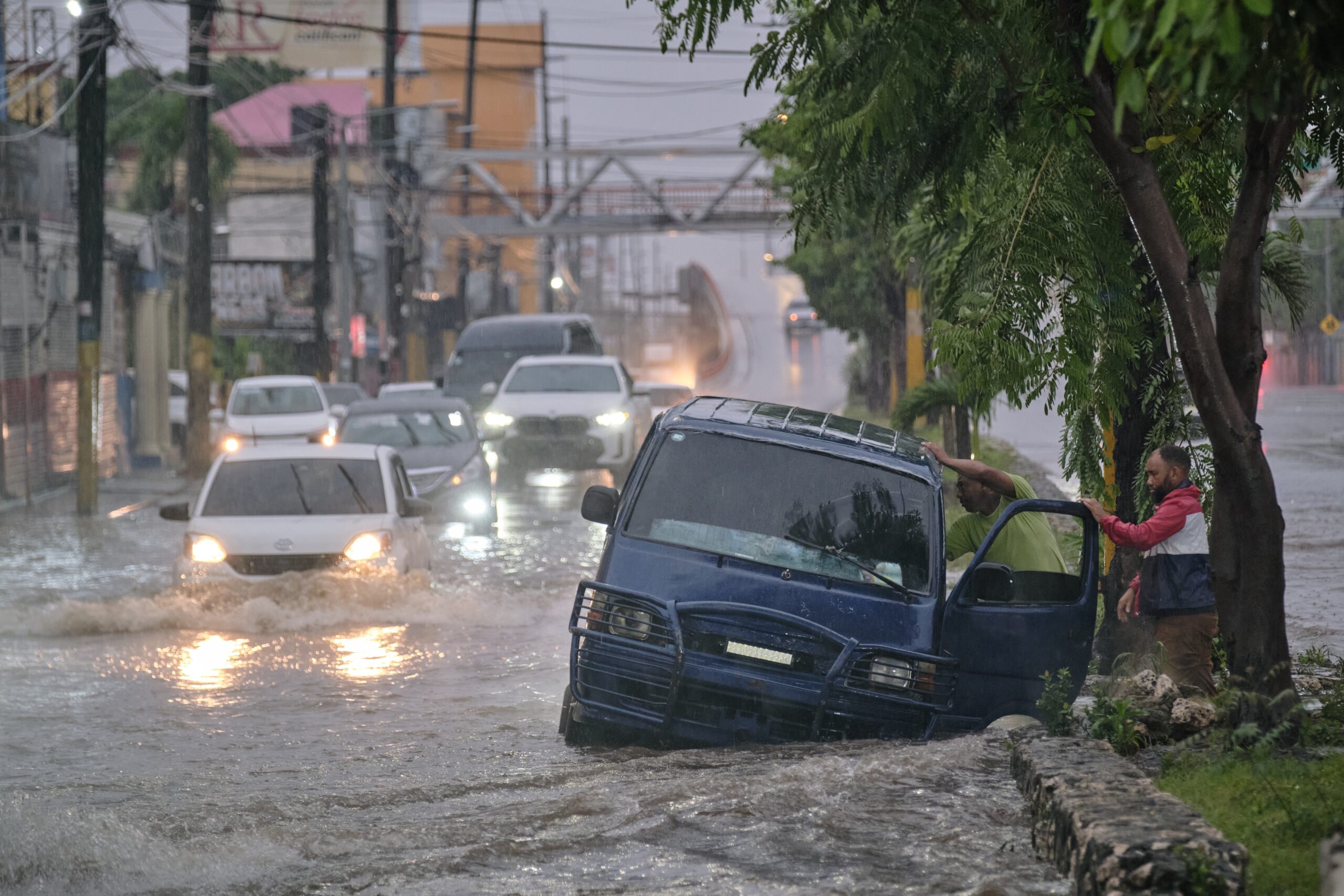Mumbai: Ensuring a Steady Water Supply Through Dedication and Innovation
Good monsoon rains play a vital role in keeping Mumbai’s water supply steady throughout the year. But the journey from distant dams to your tap tells a remarkable story of dedication and accuracy. Every day, when Mumbaikars open their taps, they receive one of life’s most basic needs—water. Yet this simple moment is the result of a carefully managed system working tirelessly around the clock.
It is the unwavering dedication and relentless effort of the Brihanmumbai Municipal Corporation (BMC) and its often unsung heroes that ensure every drop reaches the city.
### Sources of Drinking Water
Mumbai’s drinking water comes from seven lakes: Tulsi and Vihar within the city, and Modak Sagar, Tansa, Middle Vaitarna, Upper Vaitarna, and Bhatsa, located 100–175 km away in Palghar, Thane, and Nashik districts.
Water travels through 650 km of transmission mains and 5,500 km of distribution pipelines, delivering about 4,000 million litres per day (MLD) to the city. The city’s yearly requirement stands at around 14.47 lakh million litres (ML).
Water is treated at two major plants—Panjrapur (1,365 MLD) and the Bhandup Complex (2,810 MLD), Asia’s largest water treatment plant—to meet Bureau of Indian Standards (BIS) requirements. The treated water is then stored in 27 reservoirs and distributed across the city.
The final step is overseen by **chaviwalas**, workers who operate water valves according to scheduled timings, playing a vital role in ensuring timely supply to every household.
Water is provided for 2 to 6 hours daily, varying by area and infrastructure. Supply timings differ across zones, with residential societies storing water in underground and overhead tanks for round-the-clock use. Slum clusters often depend on shared taps or tanker deliveries.
The BMC manages the entire system using SCADA (Supervisory Control and Data Acquisition) technology to monitor pressure, flow, and leaks, ensuring efficiency.
### Future Water Requirements
With increasing pollution and rapid urbanisation, Mumbai’s daily water demand has surged to 4,463 MLD and is projected to rise to 6,535 MLD by 2041.
To meet this growing requirement, the BMC is implementing a series of long-term initiatives to expand the city’s water supply:
– **Gargai Dam** in Wada Taluka, Palghar district, expected to add 440 MLD, becoming Mumbai’s eighth water source.
– **Pinjal Dam** (865 MLD) and the central government’s **Damanganga-Pinjal river-linking project** (1,568 MLD), anticipated to collectively contribute 2,433 MLD.
– A proposed **desalination plant** and a 12 MLD advanced tertiary treatment facility at Colaba, adding another 200 MLD through non-conventional sources.
Together, these projects aim to add approximately 3,103 MLD, a significant step toward securing Mumbai’s future water needs.
### Conservation and Recycling Efforts
Nearly 60% of potable water in Mumbai is used for non-essential activities like cleaning and washing. To conserve drinking water, the BMC is promoting the use of recycled and treated saline water for non-potable purposes.
Mumbai is developing a 200 MLD desalination plant at Manori and Versova in the Western suburbs—the first of its kind in India after Tamil Nadu—to reduce dependence on freshwater lakes by tapping non-conventional water sources.
### Upgrading Sewage Treatment Plants
The BMC is upgrading seven sewage treatment plants (STPs) with a combined capacity of 2,464 MLD. Currently, sewage undergoes only primary treatment before discharge into water bodies.
Post-upgrade, 50% of treated wastewater (about 1,232 MLD) will receive tertiary treatment to produce potable-quality water for reuse.
“Tanker filling points will be installed at all sites to provide reclaimed water for non-potable uses like garden irrigation, depots, and public toilets, helping conserve fresh water. The BMC will charge a nominal fee to encourage reuse and reduce drinking water wastage,” said a senior civic official.
Currently, recycled water from the Colaba STP is supplied at subsidised rates—Rs 1 per kilo litre (kL) for the Navy and Rs 20/kL for Wellington Club—with plans to extend similar rates to other institutions.
### Water to All Policy and Challenges
To curb water theft and improve access, in 2022, the BMC launched the **“Water to All”** policy, extending water connections beyond officially mapped structures to include unmapped slums on private and commercial land.
Till March 31, 2025, 18,897 applications have been received, with 16,686 permissions granted and 14,968 connections installed—indicating a gap in implementation.
To boost supply, the BMC plans to recycle overflow from Tulsi and Vihar lakes. However, challenges persist. Between January and June 2025, 14,087 water leakage complaints were recorded, highlighting ongoing issues with theft and system losses.
The water department is severely understaffed. Out of 8,448 sanctioned posts, 3,600 remain vacant—including key roles like sluicemen and engineers.
Ramakant Bane, General Secretary of the Municipal Union, said, “Many of the vacant posts have remained unfilled for years, increasing the workload on existing staff.”
### Maintenance and Security Concerns
A senior official from the Water Department stated, “The pipelines supplying Mumbai pass through forested and remote areas, with many sections buried underground, making their security and maintenance crucial to prevent leaks and theft.
However, these pipelines are highly vulnerable to environmental factors such as soil erosion, silt, humidity, waste, and chemical exposure—all accelerating corrosion and leading to increased water leakage.
Despite these challenges, the BMC has successfully laid around 100 kilometres of tunnel network, with an additional 20 kilometres currently under construction.”
Vinod Gholap, president of the Fight for Right Foundation, added, “It’s easy to criticise, but the BMC’s water supply network—drawing water from dams and delivering it directly to our taps in drinkable form—is truly impressive. As citizens, we must also recognise our responsibilities and avoid wasting water, especially when it is provided at such a nominal rate.”
### Commendation for the BMC Water Department
Abhijeet Bangar, Additional Municipal Commissioner (Projects), praised the water department as one of the most efficient, working round the clock to ensure uninterrupted supply.
“Pipe burst repairs are treated as emergency tasks and handled on a war footing. Engineers are always on their toes, which makes the department less preferred and often short-staffed—but their work is truly commendable,” he said.
### Mumbai Water Supply Quick Facts
– **Daily supply:** 4,000 MLD
– **Current demand:** 4,463 MLD
– **Projected demand in 2041:** 6,535 MLD
– **Annual requirement:** 14.47 lakh ML
– **Residential water rate:** Rs 6 per 1,000 litres
– **Commercial & industrial rate:** Rs 50 per 1,000 litres
– **Gargai Dam capacity:** 440 MLD
– **Desalination plant capacity:** 200 MLD
– **Sewage treatment plant upgraded capacity:** 1,232 MLD
Mumbai’s water supply remains one of the most affordable and efficiently managed networks in the country, thanks to the dedicated efforts of the BMC and its workforce.
—
**Also Watch:**
For exclusive and budget-friendly property deals in Mumbai and surrounding regions, visit: [BudgetProperties.in](https://budgetproperties.in/)
https://www.freepressjournal.in/mumbai/mumbai-news-bmc-charts-mega-water-supply-expansion-with-dams-desalination-reuse-projects-to-meet-soaring-demand



